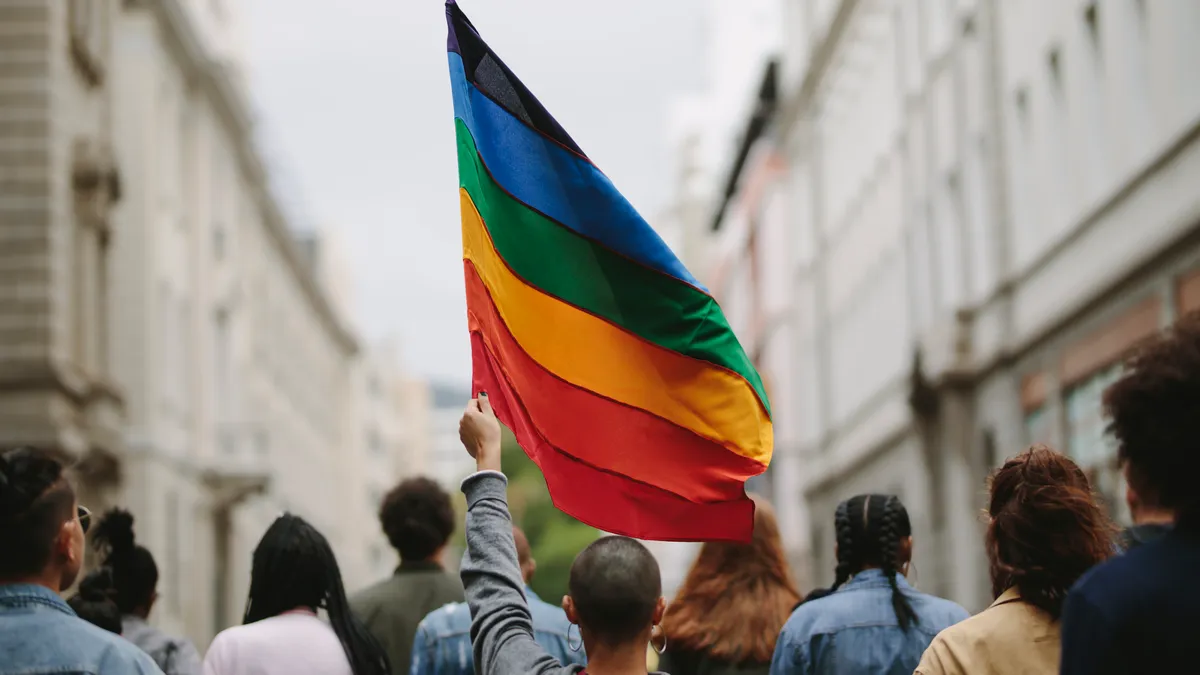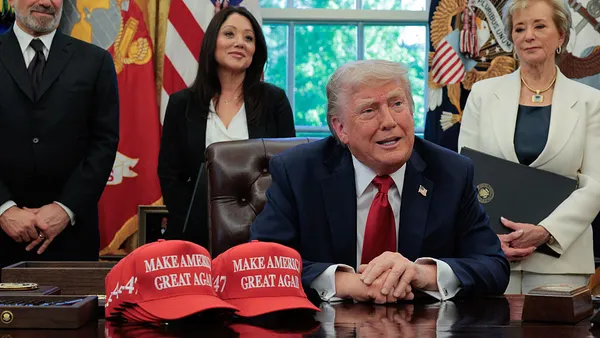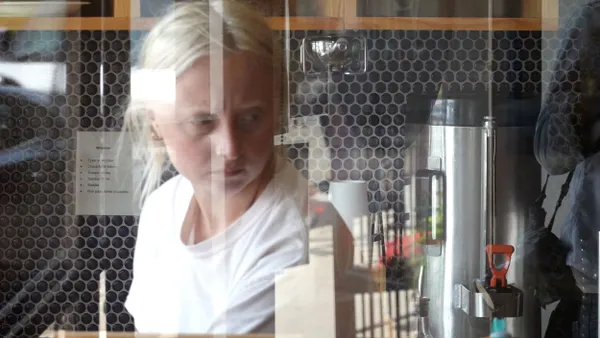Claudia Dulac is head of diversity & conclusion for Merrill. Views are the author’s own.
I have been an LGBTQ+ ally for as long as I can remember; still, it became even more personal in 2009, when my soon-to-be ex-husband told us he is gay. You may hear the terms “ally” or “allyship” a lot these days, but the concept has been around for years. Allyship is holding ourselves accountable for the support and inclusion of marginalized groups. And for me, its importance is both professional and personal.
My ex-husband and I share two daughters. His decision to come out resulted in a community of support for all of us. I realize that not everyone has the same support we did.
I also realize that as a leader in the corporate world, I have the opportunity to model a culture of allyship for our teammates. I’m in a position to reinforce that our company is a great place to work, where your true self is welcome and belongs. My colleagues will tell you that it’s important to me to be loud and proud about my allyship.
History has shown that the private sector has been a key driver in advancing equitable opportunities, workplace protections and benefits at times when public policy was deficient. In the workplace, for example, many of the basic resources available to LGBTQ employees today — such as domestic partner benefits or adoption support — may seem commonplace, but that was not always the case.
For example, back in 1998, my employer Bank of America was the first financial services company to provide comprehensive domestic partner benefits and add sexual orientation to our nondiscrimination policies. A few years later, we were one of the first financial firms to expand our health insurance to cover medically necessary procedures for employees embarking on a gender transition. Our out-at-work employee and ally network is 26,000 members strong. Despite strides in recent years, that’s not the case in much of the business world.
Whether you’re working to be an ally in your personal life or creating a company culture of allyship — or both — these four tips offer a solid foundation for being a more effective advocate.
Be conscious of intersectionality
Recognizing many people can — and often do — identify with more than one group is important. A one-size-fits-all approach is counter to valuing our differences in race, gender, sexual orientation, age and more.
Be proactive about inclusion
Surrounding yourself with individuals of different backgrounds and identities strengthens relationships, sparks creativity, and changes the way you think and approach problems. Whether you’re building a team at work or establishing a friend group, be intentional about diversifying your experiences to expand your network and world view.
Listen to understand
Engage in uncomfortable conversations with the intention of absorbing rather than responding. Be conscious of when you’re tempted to respond defensively and take a step back. Talk with people, not at them. Only then can we truly listen with empathy and understand rather than judge. It’s during these moments we grow. Ignoring an elephant in the room won’t make it go away.
Get comfortable being uncomfortable
Open, honest dialogue can help us all gain greater understanding and appreciation for one another — even if those conversations push the boundaries of our comfort levels. Creating a safe space to share authentic experiences allows us to dig beneath surface level discussions and practice empathy.
By acting intentionally and following a few key guide posts, we can ensure we’re being effective allies 365 days a year. From building a diverse company to promoting equality and inclusion in our communities and families — including my own — our common ground creates respect.












